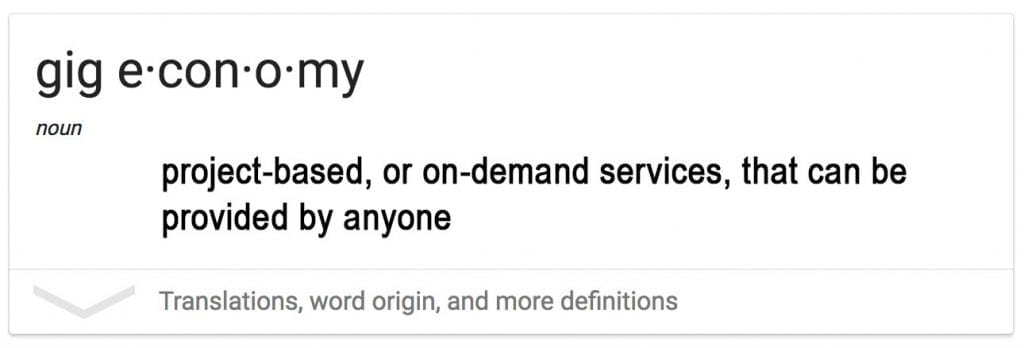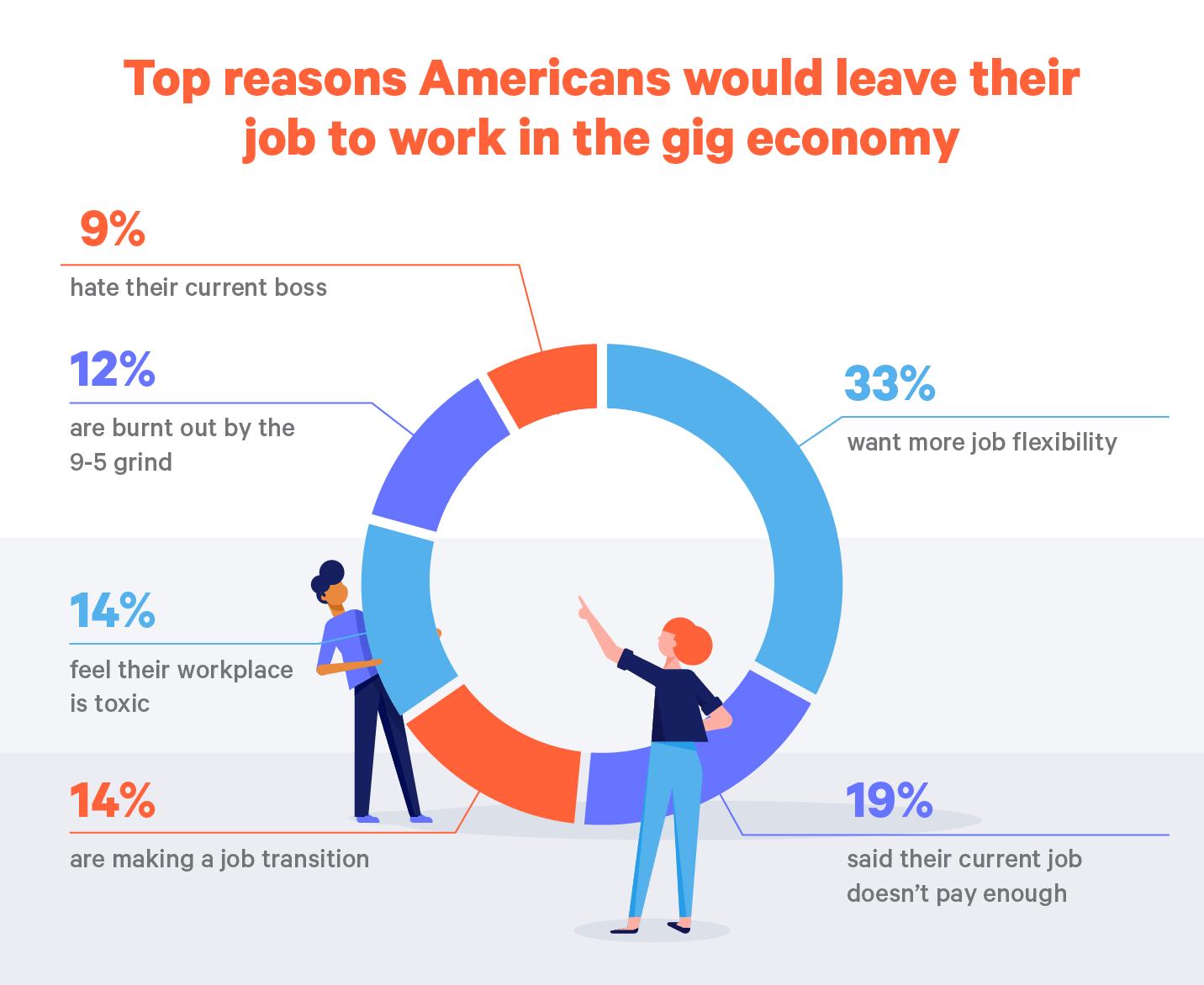

Martha (whose name, like others in this article, has been changed) is part of a burgeoning segment of the workforce loosely known as the gig economy. Trapeze artists seem to take huge risks, she explained, but a safety system - including nets, equipment, and fellow performers - supports them: “They appear to be on their own, but they’re not.”

She had recently tried the art, which she saw as a good metaphor for her life: the void she felt when between assignments the exhilaration of landing the next engagement the discipline, concentration, and grace that mastering her profession required. “Have you ever been on a trapeze?” That’s how Martha, an independent consultant, responded when we asked her to describe her work in the five years since she’d left a global consulting firm to set out on her own. These connections help independent workers sustain productivity, endure their anxieties, and even turn those feelings into sources of creativity and growth. Many of these workers have created a “holding environment” for themselves by establishing four connections: (1) place, in the form of idiosyncratic, dedicated workspaces that allow easy access to the tools of their owners’ trades (2) routines that streamline workflow and incorporate personal care (3) purpose, to create a bridge between personal interests and motivations and a need in the world and (4) people to whom they turn for reassurance and encouragement.

The authors studied 65 of them in depth and learned that although they feel a host of personal, social, and economic anxieties without the cover and support of a traditional employer, they also say they chose independence and wouldn’t give up the benefits that come with it. Approximately 150 million people in North America and Western Europe now work as independent contractors, most of them in knowledge-intensive industries and creative occupations.


 0 kommentar(er)
0 kommentar(er)
